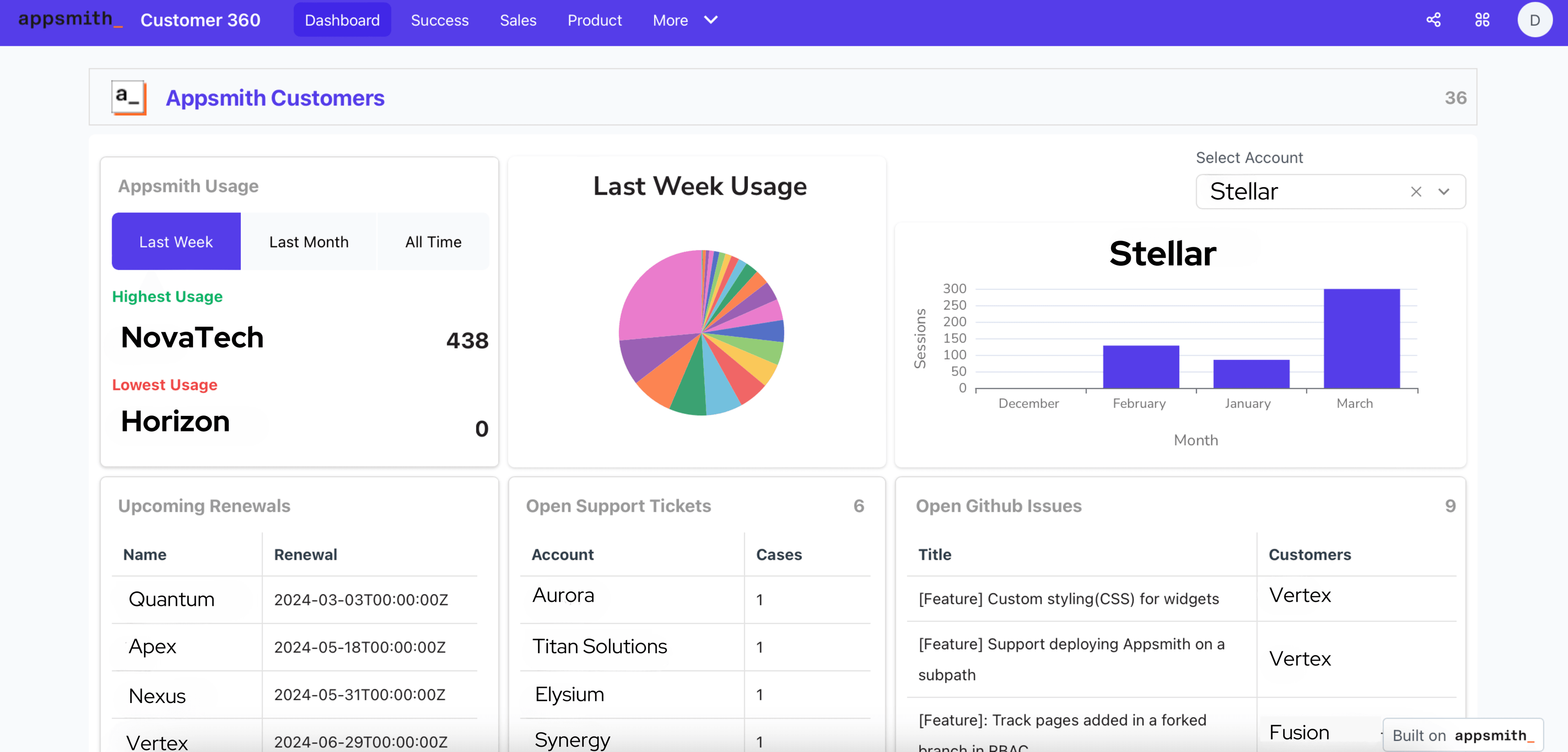Preview - The Ultimate Guide to Building a Single Customer View


Are you looking to consolidate customer data across your organization and streamline your customer interactions?
This article is an excerpt from “The Ultimate Guide to Building a Single Customer View (SCV)” ebook and offers detailed insights and actionable steps to roll one out within your own organization.
Building a Single Customer View (SCV)
As your business grows, it becomes more difficult to stay on top of all the moving parts that make it function. It gets easier for things to fall through the cracks: forgetting to follow up promptly with user requests, neglecting to reach out before contract renewals, and overlooking signs of impending cancellations and customer churn.
These have negative repercussions for your business, leading to lost customers, lower customer lifetime values (LTVs), negative reviews, and a worse brand overall.
This is why it’s vital to tailor your customer support operations to your unique business requirements. Speaking from experience, a single customer view (also called a customer 360, 360-degree, or unified customer view) can be just the tool you need to accomplish this.
In this e-book, we cover what a single customer view (SCV) is, why it’s important, how to create one, and how to roll one out within your own organization.
Chapter 1: What is a single customer view?
A single customer view is a user interface that provides a single source of truth for all of the information about your customers that is relevant to your business. It can be its own standalone app or part of a broader set of business tools. A good SCV has many important features that will make it easier to deal with your customers in a consistent way across your organization.

An SCV is a comprehensive record of your customers and their interactions
The key feature of an SCV is that it is comprehensive: there should be no gaps in the customer data. All customer demographic, transactional, support, messaging and other data should be available in one place.
Consider the multiple channels a customer can use to contact your business: email, online chat, and even transcribed voice calls need to be available to agents. Your SCV must be able to link all of these interactions to a customer, and unify them in one location so that support agents can properly serve customers without missing or repeating key details.
Customer support tools must be easy to use
An effective SCV should also be easy to use. Everything that support reps need to do their job should be in one spot. They shouldn’t have to open five different applications to accomplish a simple request. They need to have a simple intuitive dashboard that they can use almost on autopilot. That way, they can put their full focus towards empathizing with the customer and making sure they’re taken care of instead of trying to work with frustrating tools.
Actionable information should be readily available
Your SCV should not display more data for more data’s sake. The data should directly tie into the goals of the business and be something that teams actually use every day to drive decisions.
It also shouldn’t just be a dashboard to display business intelligence (BI) metrics. Instead, it should allow users to view and update customer information that is then propagated across the entire company. That way, every department can get the latest data immediately, dramatically improving the collaboration between different teams who may be sharing different customer responsibilities or passing customer requests between themselves.
Flexibility is key to long-term usefulness
Your SCV should also be flexible enough to work with your own unique business processes. After all, if you’re like many other businesses, you likely view your customer service and support as a key differentiator for your business, which has naturally led to these unique processes. Having a rigid tool that forces your business to operate against this optimal way will lead to users avoiding using the tool, which defeats the purpose of having it.
It’s also important to think about the future when implementing an SCV. The best tools and processes today will not necessarily be the best tools and processes for your business tomorrow. So you need a tool that can easily change as your processes change over time.
Scaling businesses need an ecosystem of integrated tools
No matter how great your SCV is, it probably won’t be the only tool that you use within your organization. Businesses are too complicated for one tool to handle everything that needs to be done in the best way possible. The most successful businesses often rely on multiple tools to handle specific functions like finance, customer service, product, and sales.
That’s the power of the SCV: it’s important that the data from these separate tools is consolidated into one place, so team members don’t have to go digging to find the information they need. That’s why it’s so important that you choose tools and platforms that allow for easy integration and data export.
In today’s SaaS world, it’s becoming a minimum requirement to expose the data within a platform to other tools through well-defined APIs (and if one of your tools doesn’t, maybe it’s time to switch to one that does). When choosing which platform to build your SCV on, you should make sure it supports standard REST and GraphQL APIs or includes native integrations for the existing tools you use.
Chapter 2: What does a single customer view look like?
There’s no one right way to build an SCV, but most businesses do share similar success metrics and goals that are demonstrated in our example SCV, shown below. You can see that it shows the key metrics for different departments (Customer Success, Sales, Product, and so on) on different tabs as well as one unified dashboard to summarize data across the company from all departments.

You also want to be able to drill down further into details for each customer like product usage, license information, the account owner, and any other information that will help you interact with your customers and drive business decisions.

When deciding on the layout of your own dashboard, it’s important to get input from the people that will actually be using the tools. The Sales team should determine which information is in the Sales tab, the Customer Success team should determine which information is in the Customer Success tab, and so on. Then certain high-level metrics should be consolidated in the overview tab.
Chapter 3: Why a single customer view is important
How an SCV positively impacts customers
The most important goal of an SCV is to help make sure all of your customers’ interactions with your business are consistently high-quality. You don’t want to be in the position of not knowing whether or not your customers have a good experience with your business because it is so dependent on who they last interacted with.
A big part of this is making sure that you give everyone within your business a holistic view of every customer so that they can quickly understand that customer’s context. By improving your customers’ perception of your business, you increase repeat business and improve brand loyalty, both of which are extremely valuable.
The Ultimate Guide to Building a Single Customer View
Tailoring customer support to meet the unique needs of your business is crucial for success. A single customer view can be the key to achieving this. Discover what an SCV is, why it is indispensable, how to create one, and how to implement it in your organization.


